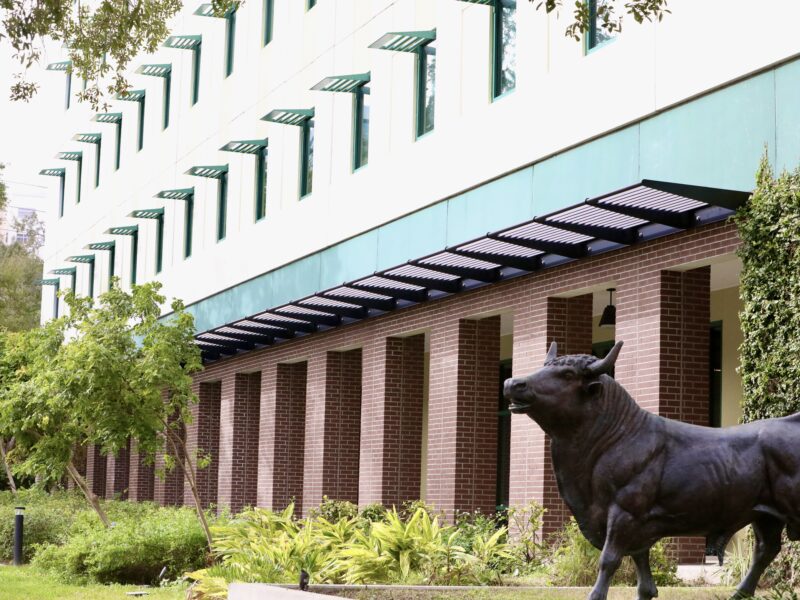At the end of high school, your decision about where you would attend college was a popularity contest. Was your new school the reigning football champion? Did it offer the top marine science program in the nation?
For me, it was “Did you get accepted to one of the elite journalism programs in the country?”
During senior year, I was often asked if I was going to the University of Florida or any of those other high-brow schools of journalism. When I mentioned USFSP as my first choice, I was often received with raised eyebrows and concern for my decision. After all, I am a local to St. Petersburg. The joke for the hometown teens was USFSP was the school where “U Stay Forever.” Friends looked at me as a child unwilling to let go of home and go on an adventure.
Just two weeks ago I spoke to a photographer from the Tampa Bay Times. He asked my major, plans and thoughts on obtaining a career. We discussed the state of journalism, the mess of the Internet-versus-print debate that my generation would have to clean up, and the choice of education for a young journalist.
Sure, the top tier schools were great in their day, he said. But they are teaching straight out of an ’80s textbook. It’s all about the real-world experience.
I finally let go of the breath I’d been holding for two years. He assured me of my decision, that opportunity lay best with the real world. It was my mantra since I first picked up a pen. That sort of reassurance from a professional is critical to a student of a dying trade.
Colleges equip you with enhanced skills and tips, but the key to any career path is one innate talent: motivation. Motivation is what drives a business major into an internship at Raymond James or an aspiring teacher into a classroom. A piece of paper from Northwestern means less without the resume to back it.
Motivation in a small pond can take a passionate student to a career. Local opportunity and establishment can lift that talent into success. Two years later and I’m more confident in my future than my “top-tier” friends.


